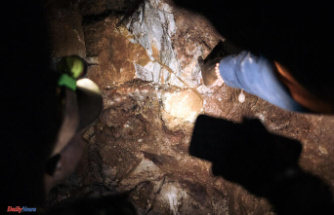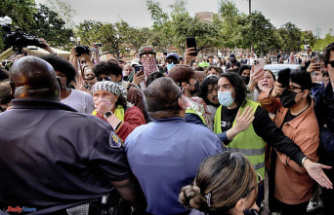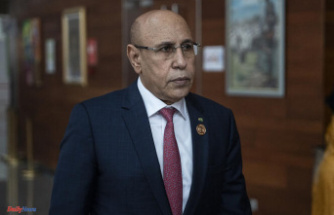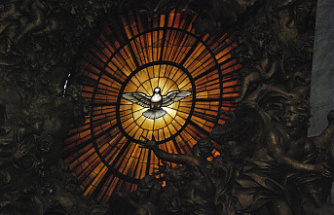A recording of the Lumière brothers shows the output of the factory. Like them, a large number of artists were interested in more than a century ago by the social change announcing the modern era. This is how the new episode of the series that has proposed the Reina Sofia Museum to its visitors in its project to rethink its permanent collection in several episodes.
"In the nineteenth century, the fundamental mode of narration was the novel, in the XX possibly cinema or television, in the XXI is the idea of series. It involves a way to skip the time and recover characters that reappear. You see things in The chapters that only understand at the end, "explained the director of the museum, Manuel Borja-Villel, when speaking of the project.
First it was the Cold War, then Latin America and dictatorships, followed by autarky and exile. Now the twentieth century arrives, the industrial revolution, the vanguard, the instinct to break with the old world and make art with it. From this Tuesday, 400 pieces, some of them exposed for the first time, are released as parts of the new Palimpsesto del Reina.
"All knowledge occurs in a place. So, what are the places of modern art? The city, magazine and exhibition," said Borja-Villel. And he does not cheat: that's what the public is going to find in the different rooms on the second floor of the museum.
The discovery of the masses, the mystery of the Flamenco Elf, the Barraca de Lorca, the appearance of critics and essayists ... are parts of a whole built around cities. In them the proletariat and a new generation of tensions appeared. The factories interested artists who began to represent their architecture, their system of repression, their rhythms ...
... a concern that feeds also thanks to the appearance of magazines and exhibitions. In previous times, art belonged to the nobility and church, which were also untouchable before social criticism. However, when the pasquines begin to be discussed in English pubs and the works were exposed in public spaces, no issue is exclusive or sacred. "It could be argued, the formats change, and thus manifests and ideas are generated" explains Borja-Villel.
And he adds: "These novelties gave great importance to the role of critics", who began to endow the works of a meaning beyond surrealism.
By traveling space, the visitor finds this vision of key figures in cultural thinking: Carl Einstein, André Breton, the artists of Documents magazine ... his gaze that tries to extract the most technical and material of contemporary art. "We want modern art to better understand the world in which we live. In contemporary it always gives us the impression that there is no coherence, which is chaos, but when you see this you realize that there is a deep reality That goes beyond the forms, "explains Borja-Villel.
This mixture between the metropolises, the innovative combination of text, image and photograph that brought the magazines, added to an environment where you can enjoy it make up a fourth episode that will continue in the Guernica. In the next chapter: more avant-garde, 21st century, topics of popular interest, biosphere and feminism, among other thematic. As they say in the series, it will continue ...
Date Of Update: 21 September 2021, 08:30











